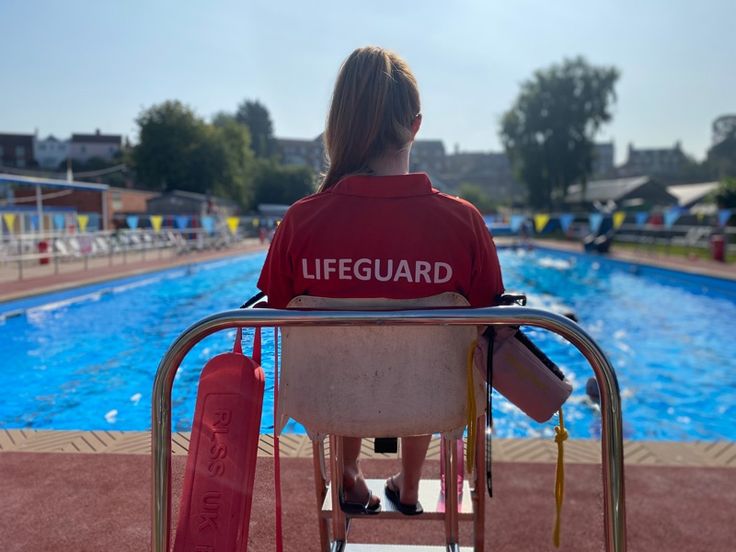When you think of a lifeguard, the image of a sun-kissed individual perched on a high chair by the pool or beach often comes to mind lifeguard. However, their role extends far beyond simply watching over swimmers. Lifeguards are trained professionals who play a critical role in ensuring the safety of individuals in aquatic environments, especially during emergency situations. Understanding their responsibilities and the skills they employ can provide valuable insight into the importance of lifeguards in our communities.

Training and Certification
Before a lifeguard even steps foot on the job, they undergo extensive training and certification. Most lifeguards are required to complete courses in CPR (Cardiopulmonary Resuscitation), first aid, and lifeguarding techniques. These certifications ensure that they possess the knowledge and skills to respond effectively to emergencies, including drowning incidents, injuries, and health-related crises.
The training focuses not only on rescue techniques but also on assessing situations, making quick decisions, and understanding the specific risks associated with different environments, whether it’s a pool, beach, lake, or water park.
Prevention and Awareness
One of the primary roles of a lifeguard is prevention. Lifeguards continuously monitor the water for potential hazards, such as rough waves, strong currents, or overcrowding. By being vigilant and proactive, they can often prevent emergencies before they escalate.
Additionally, lifeguards educate swimmers about safety rules and guidelines, helping to foster a culture of awareness and responsibility. Their presence alone can discourage risky behaviors, such as diving into shallow water or swimming beyond designated areas.
Responding to Emergencies
When an emergency does occur, lifeguards must react swiftly and effectively. Their training equips them with the skills needed to perform rescues, whether that involves reaching a distressed swimmer with a rescue buoy, entering the water to perform a swim rescue, or utilizing advanced techniques such as spinal management for suspected neck injuries.
In the event of a drowning, every second counts. Lifeguards are trained to assess the situation quickly and make critical decisions, such as calling for backup or alerting emergency services. They must also be prepared to administer first aid, perform CPR, or use an Automated External Defibrillator (AED) if necessary.
Teamwork and Communication
Lifeguarding is rarely a solo effort. In busy settings like beaches and large pools, lifeguards often work in teams. Effective communication among team members is crucial, as it ensures everyone is aware of potential risks and can coordinate their responses in emergencies.
Team drills and regular training sessions help lifeguards develop a seamless response strategy, ensuring that they can act swiftly and effectively when lives are on the line.
Emotional Resilience
Beyond physical skills, lifeguards also need emotional resilience. Dealing with emergencies can be stressful and traumatic, and lifeguards must manage their emotions while remaining focused on the task at hand. After a critical incident, it’s essential for lifeguards to have access to support and resources to help them process the experience.
Conclusion
The role of a lifeguard in emergency situations is multifaceted and critical to public safety in aquatic environments. From their rigorous training and proactive prevention strategies to their swift response in emergencies, lifeguards are the unsung heroes who protect lives every day. Understanding and appreciating their role can lead to greater respect for their profession and a deeper commitment to safety in our communities. So, the next time you see a lifeguard, remember that they are more than just watchful eyes; they are trained professionals ready to respond when it matters most.
4o mini